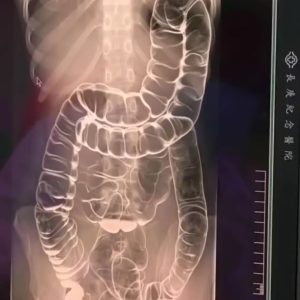
Once omnipresent in our homes, death has gradually receded into the background, confined behind hospital walls.
As a result, many of us no longer know how to deal with it, or recognize its signs. What should we do when the inevitable approaches?
Here are some guidelines to help you better understand this moment, and above all, to accompany your loved one with calm and kindness.

1. Refusal to eat: an often destabilizing sign
Appetite slowly wanes as energy becomes superfluous. Your loved one may refuse his or her favorite dishes, or accept only very light foods such as porridge. This is a natural signal, albeit an upsetting one.
What to do?
Don’t force the person to eat. Offer small pleasures like a sorbet or a sip of cool water. Keep lips moisturized with a lip balm to prevent discomfort.
2. Sleep intensifies: when fatigue prevails
As the metabolism slows down, the person sleeps more and more, sometimes almost continuously. It becomes difficult to wake her up, but that doesn’t mean she can’t hear you.
What to do?
Speak softly, as hearing is often the last sense to disappear. Avoid shaking her to wake her up, preferring the tenderness of a word or a caress.

3. A weakening body: everyday gestures become difficult
Energy weakens to the point where lifting the head or drinking through a straw becomes an insurmountable effort. This is not a sign of suffering, but a natural process.
What can you do about it?
Focus on comfort: put the person in a comfortable position, adjust the cushions and stay by their side.
4. Confusion and agitation: when the mind wavers
Thoughts become blurred, and the person may seem to be talking to absent people or searching through their sheets. This confusion may come as a surprise, but it’s common at the end of life.
What to do?
Stay calm, speak softly and remind him who you are. The serenity of your presence can calm these agitated moments.
5. Irregular breathing: sounds that worry
Breathing pauses, rales or an irregular rhythm can occur. Although disconcerting, these sounds do not necessarily indicate pain.
What to do?
Raise the head slightly or gently change the person’s position. Moisten the person’s lips and stay close by to offer your reassuring presence.

6. Emotional isolation: when the link seems to be weakening
The person may stop responding, turn away or withdraw into silence. This withdrawal may be perceived as indifference, but it’s a normal stage.
What to do?
Stay present, even in silence. Hold her hand, speak if you wish, without waiting for an answer. Sometimes, a last moment of lucidity can occur, so make the most of it.
7. Body functions slow down: urine changes color
With the drop in hydration, the kidneys work more slowly. Urine becomes darker, and loss of control can occur.
What to do?
Use appropriate protection to ensure comfort. Medical staff may decide to insert a catheter if necessary.
8. Swollen extremities: when the body retains fluids
Ankles, feet or hands may swell due to slowed kidney function. This phenomenon is common and does not indicate suffering.
What to do about it
No specific treatment is required. Just make sure the patient is comfortable.

9. Emotional isolation: when the link seems to be weakening
The person may stop responding, turn away or withdraw into silence. This withdrawal may be perceived as indifference, but it’s a normal stage.
What to do?
Stay present, even in silence. Hold her hand, speak if you wish, without waiting for an answer. Sometimes, a last moment of lucidity can occur, so make the most of it.
10. Body functions slow down: urine changes color
With the drop in hydration, the kidneys work more slowly. Urine becomes darker, and loss of control can occur.
What to do?
Use appropriate protection to ensure comfort. Medical staff may decide to insert a catheter if necessary.




